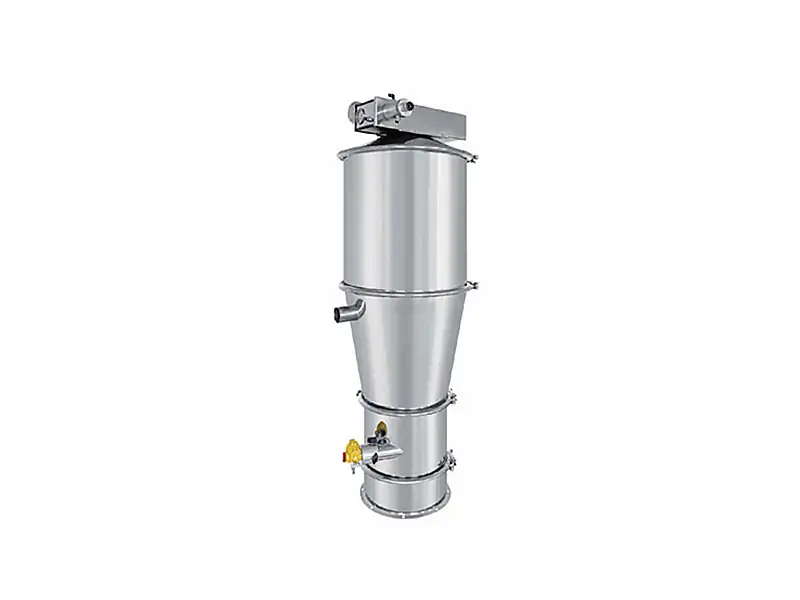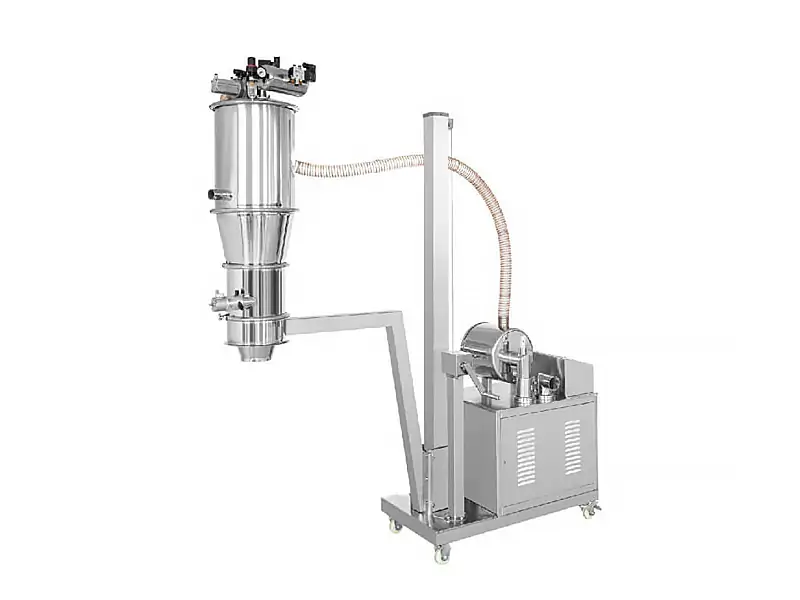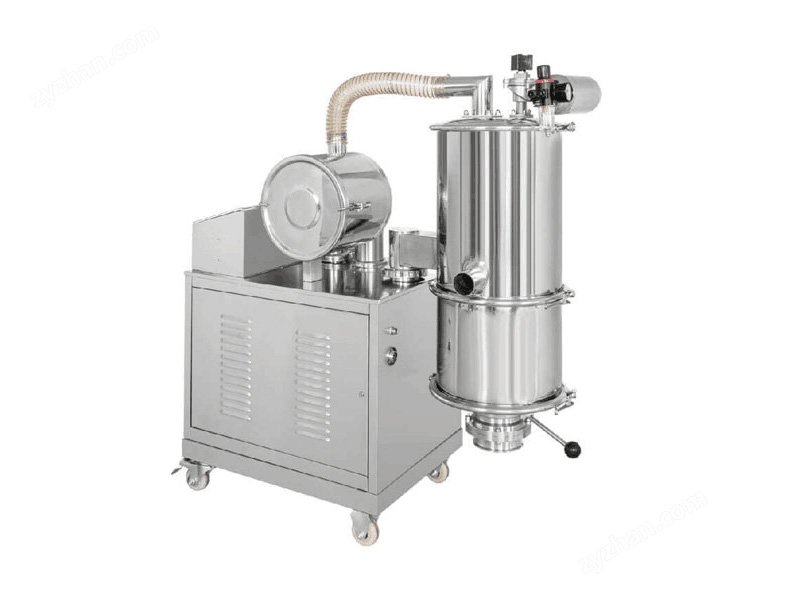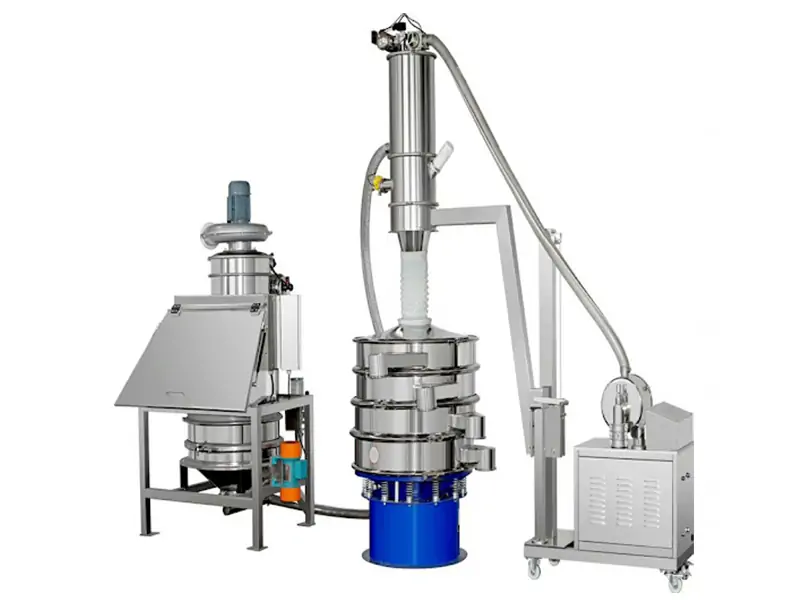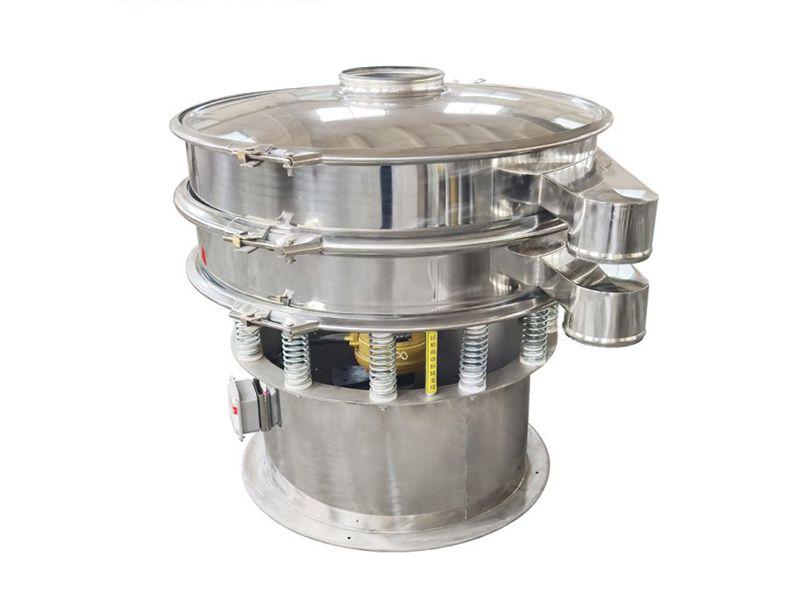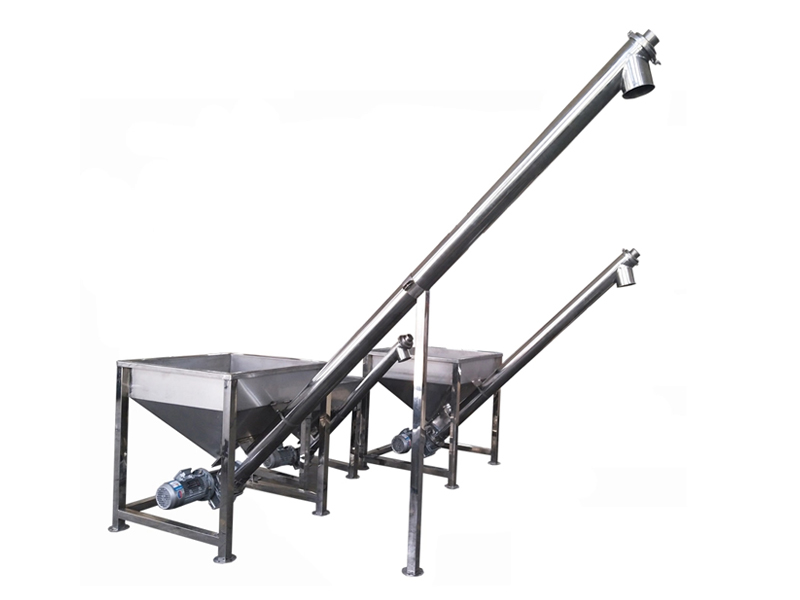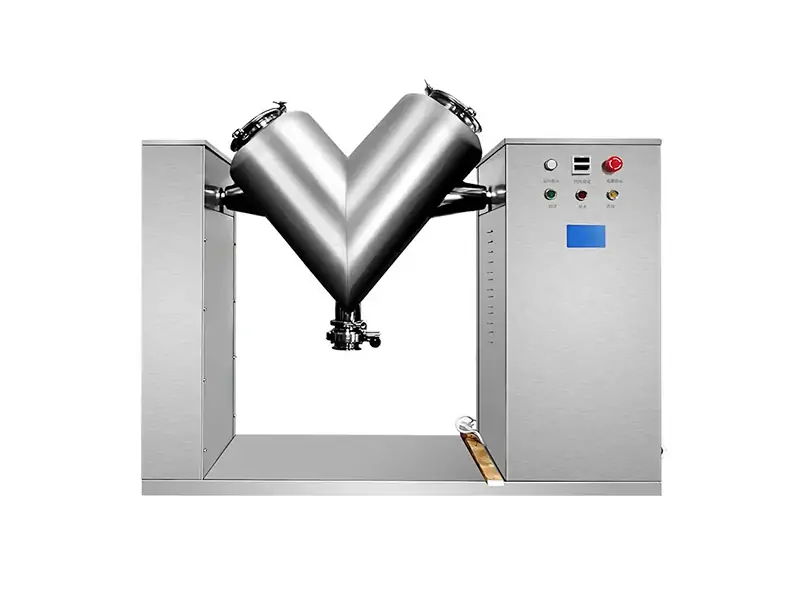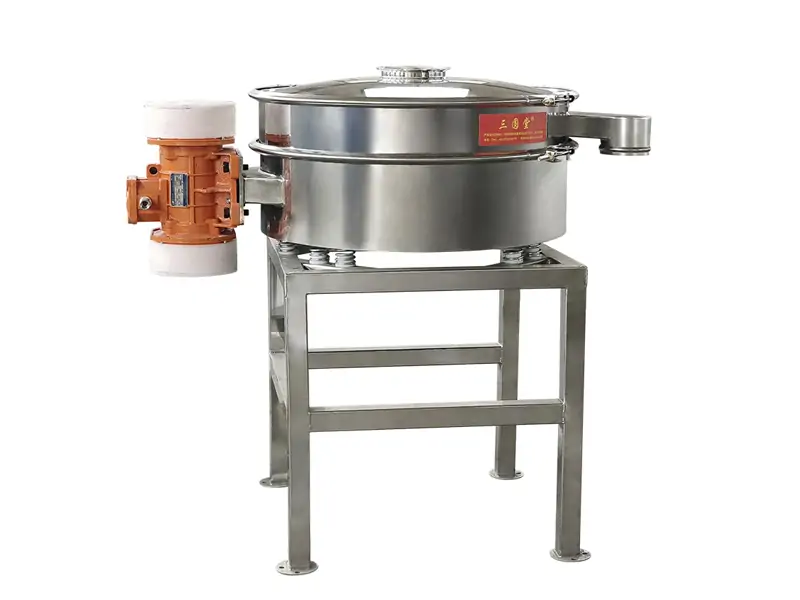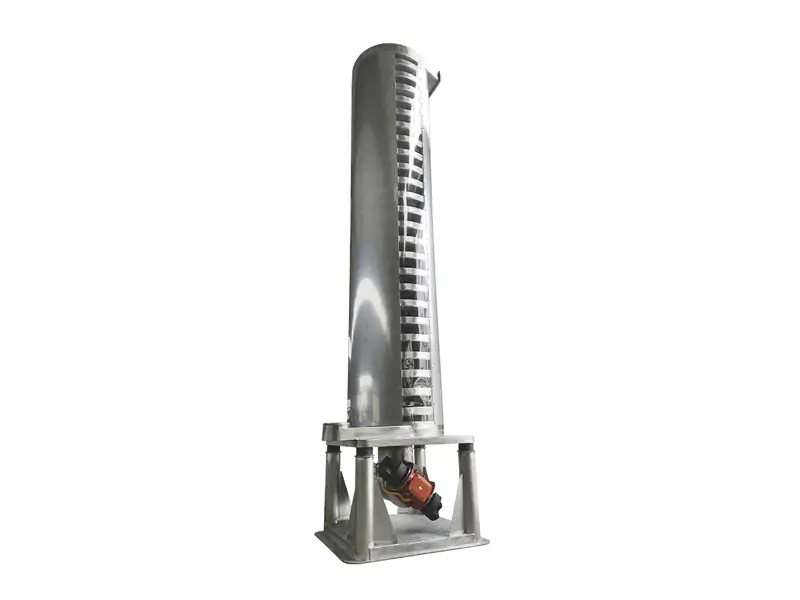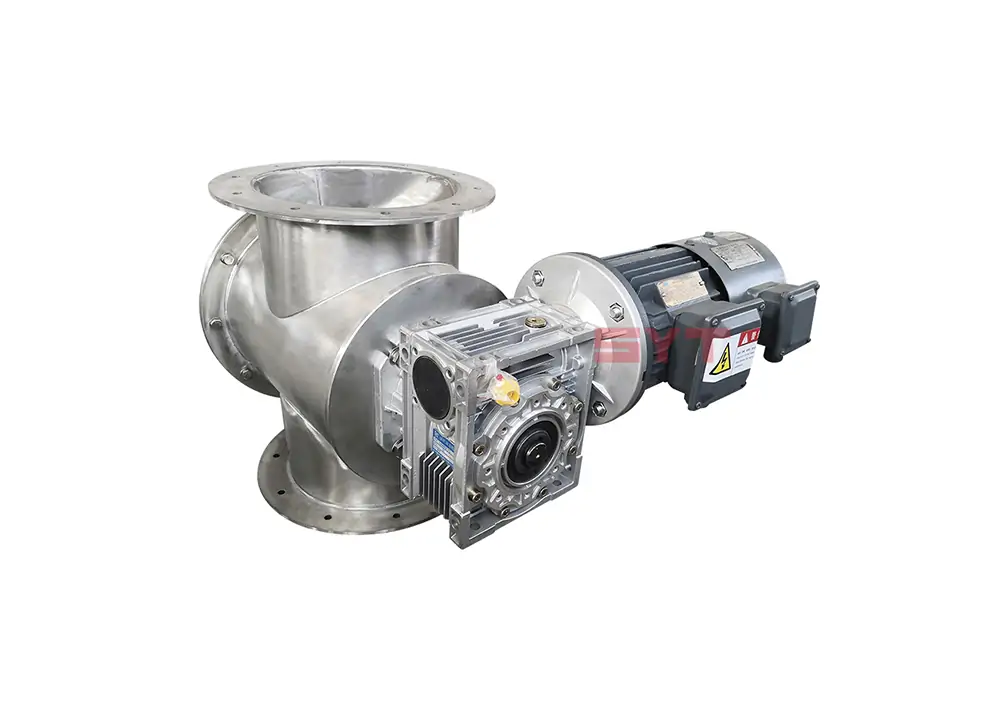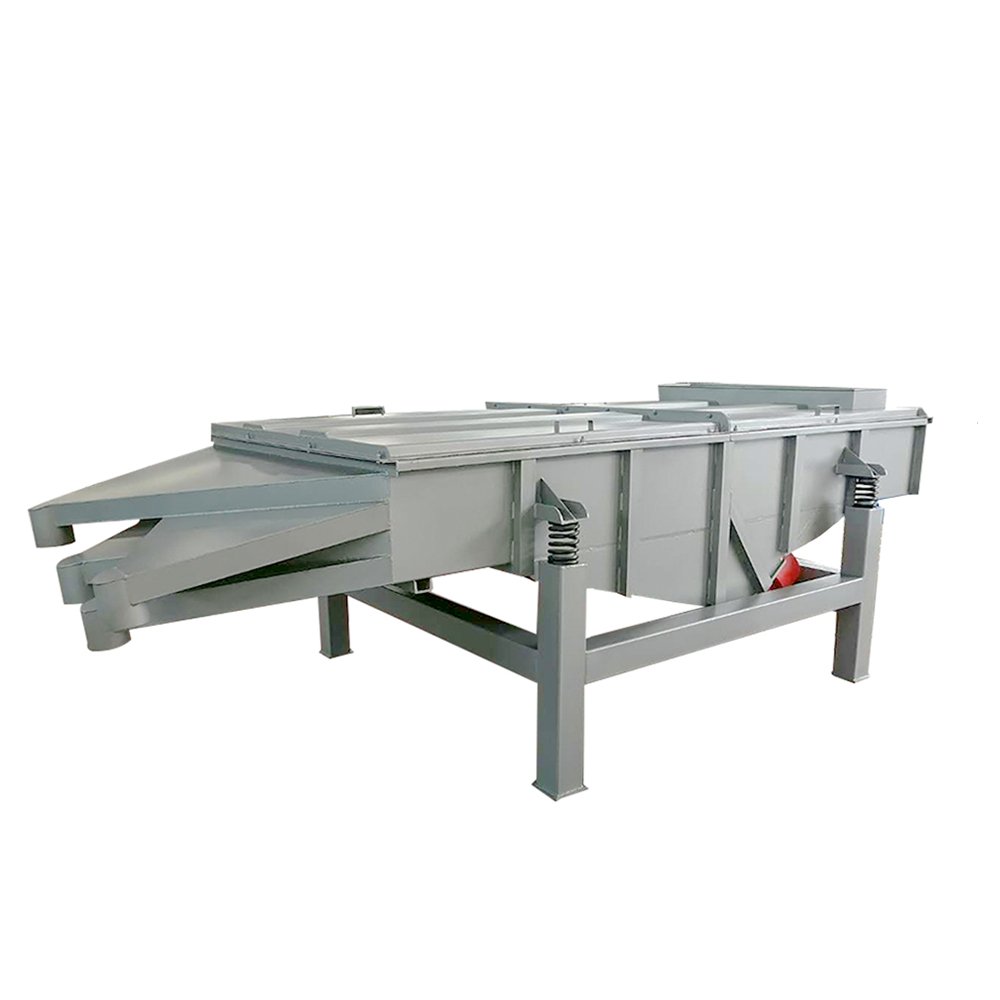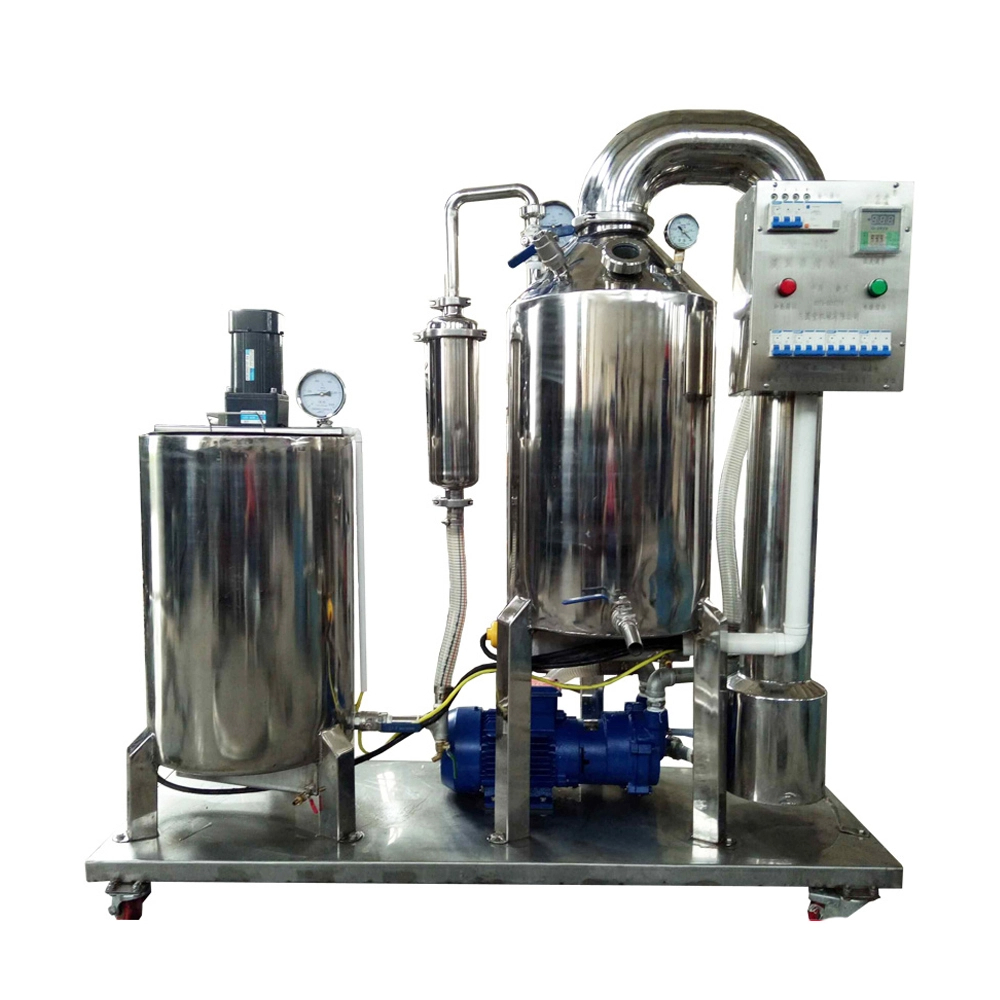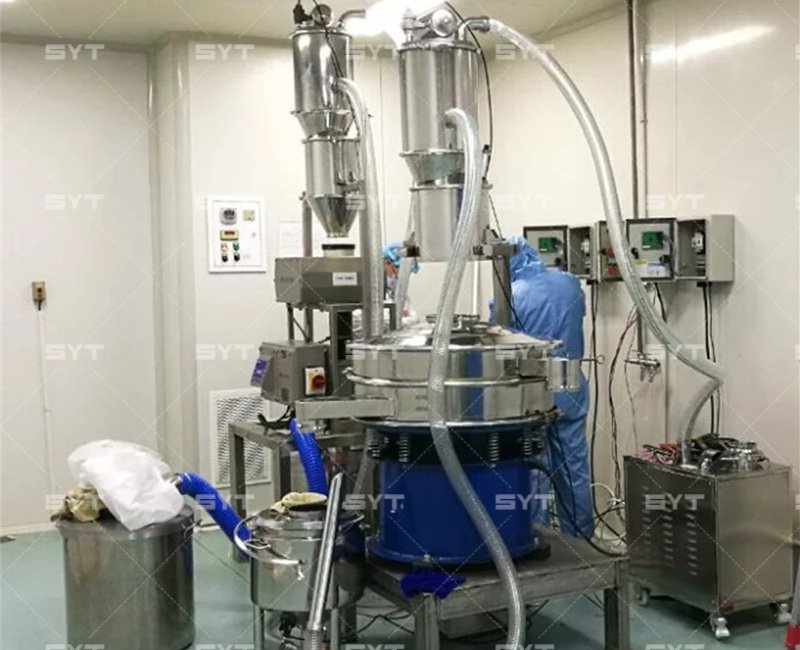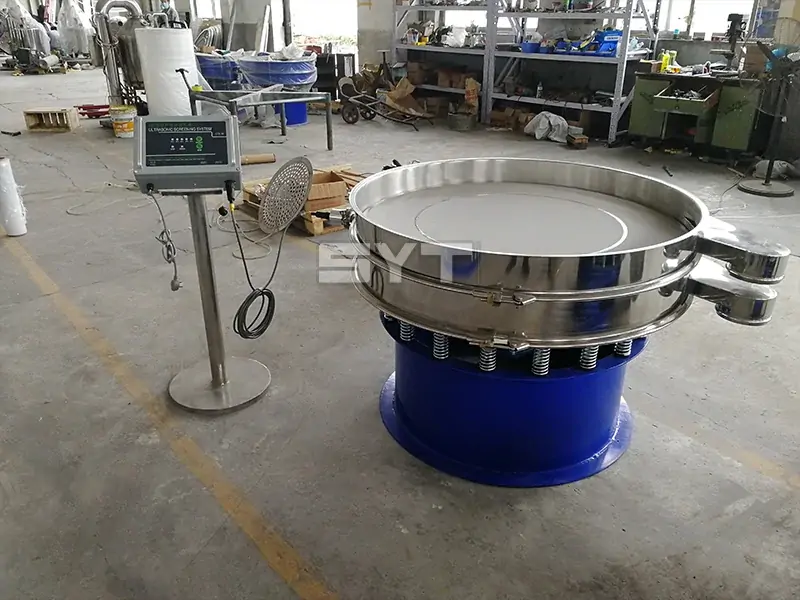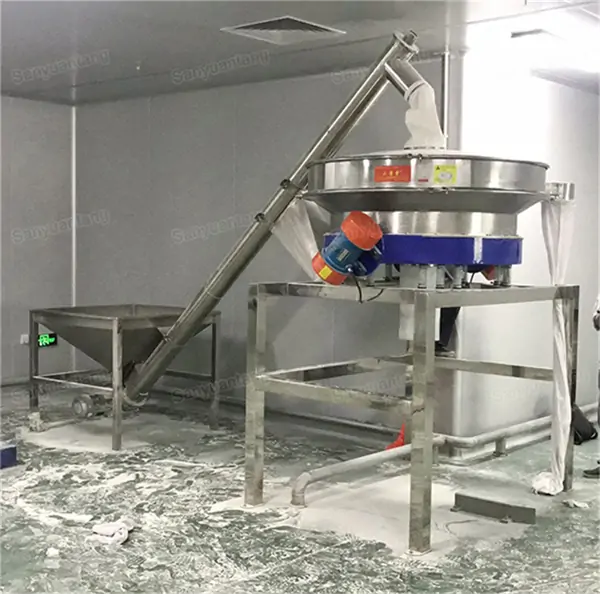Vacuum transfer system for powder is a device used to transfer powder materials efficiently and without contamination in a closed environment. It generates negative pressure through a vacuum pump to draw the powder from the source into the conveying pipeline and finally deliver it to the target container.
The system is widely used in pharmaceutical, food, chemical and other industries to ensure that the materials are not contaminated by the outside world during the conveying process, and at the same time to reduce the dust flying, to ensure a clean working environment. The design is flexible and the conveying distance and capacity can be adjusted according to different needs, easy to operate and low maintenance cost.
Working principle
The working principle of the pneumatic vacuum transfer system is based on the negative pressure effect, whereby a vacuum pump creates a low-pressure environment within the system, thus generating suction. The powder material is sucked into the conveying pipe from the inlet under the action of suction, and then moves along the pipe under the impetus of air flow.
When the material reaches the target container, the system separates the gas from the powder by means of a filtering device, the powder falls into the container and the gas is discharged or recycled. The whole process is completed in a closed environment, effectively preventing material leakage and pollution, while ensuring high conveying efficiency and low energy consumption. The system can adjust the vacuum degree and airflow speed according to the material characteristics, in order to adapt to the conveying needs of different powders.
Specifications
| Model | Motor Power(kw) | Capacity(kg/h) |
|---|---|---|
| ZKS-1 | 1.5 | 80-200kg |
| ZKS-2 | 2.2 | 200-300kg |
| ZKS-3 | 3 | 300-600kg |
| ZKS-4 | 5.5 | 500-1000kg |
| ZKS-6 | 5.5 | 1000-2000kg |
| ZKS-7 | 7.5 | 2000-3000kg |
| ZKS-10-6 | 7.5 | 4000(Conveying distance10m) |
| ZKS-20-5 | 11 | 4000(Conveying distance20m) |
powder transfer system in pharma
Powder Transfer Systems are used in the pharmaceutical industry to safely and efficiently transfer a wide range of powdered raw materials and intermediates. This kind of system usually adopts the principle of vacuum or pressure conveying to ensure that the materials are transferred in an airtight environment, so as to avoid cross-contamination, dust leakage and the intrusion of external pollutants, in line with the strict requirements of the Good Manufacturing Practice (GMP).
Pharmaceutical powder vacuum feeder system is widely used in API feeding, mixing, tabletting, capsule filling and other processes, and can handle a variety of powder materials from trace active ingredients to large-capacity excipients. Designed for hygiene, they are typically made of stainless steel with smooth, easy-to-clean surfaces and can be equipped with CIP (clean-in-place) and SIP (sterilize-in-place) functionality to meet aseptic production requirements.
Pharmaceutical powder vacuum transfer systems can also incorporate weighing, screening and de-dusting functions to further enhance productivity and product quality. With automated control, pharmaceutical powder handling systems can reduce manual handling and minimize the risk of human error, while improving production consistency and traceability.
Features
- High-efficiency conveying: Utilizing the principle of vacuum negative pressure, it realizes rapid and continuous powder transfer and enhances the production efficiency.
- Safety and environmental protection: the fully enclosed design prevents dust leakage, protects the health of the operator, and meets the strict environmental protection requirements.
- Sanitary isolation: the material from the starting point to the end of the whole closed, to avoid external pollution.
- Quality assurance: the material characteristics remain unchanged during the conveying process, and the proportion of components is stable, especially suitable for drug mixtures with high requirements for uniformity.
- Automation Upgrade: Reduce manual intervention, reduce operation error, and shorten loading time, save labor cost up to 50% or more.
- Flexible Adaptation: Can be customized according to process requirements, compatible with a variety of material characteristics, suitable for different production scenarios.
- Easy maintenance: modular design simplifies the cleaning and maintenance process, and supports CIP/SIP function to meet the aseptic production standard.

